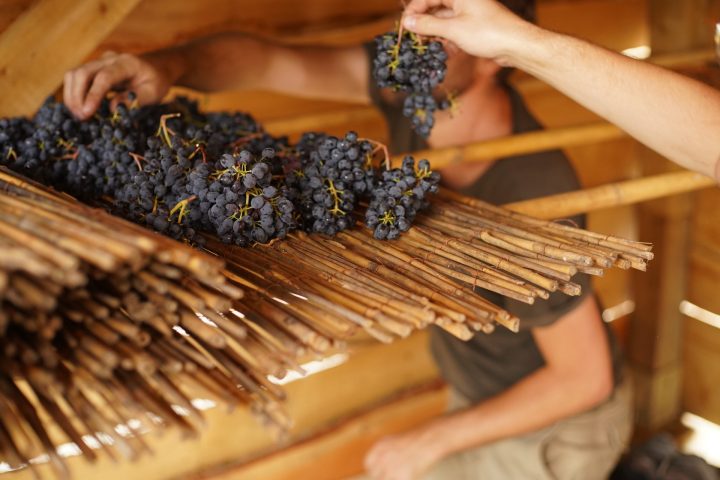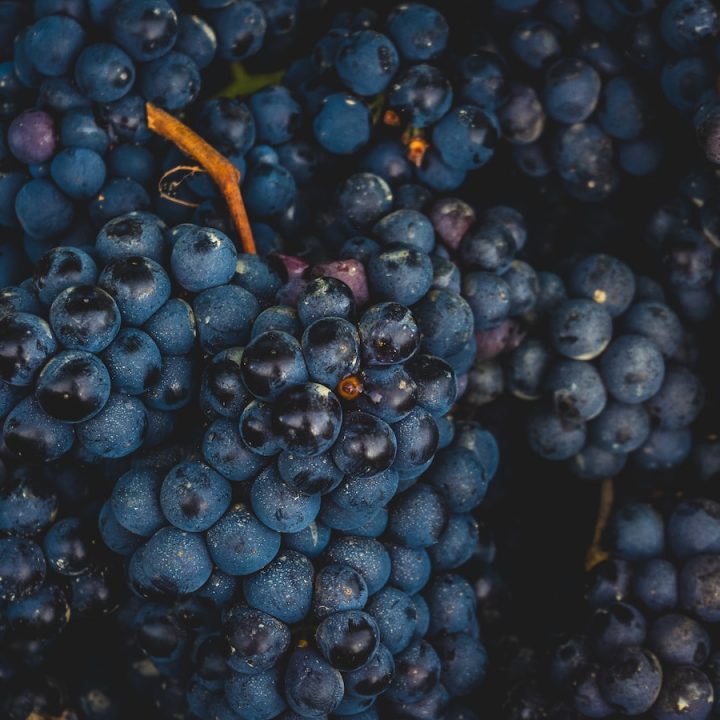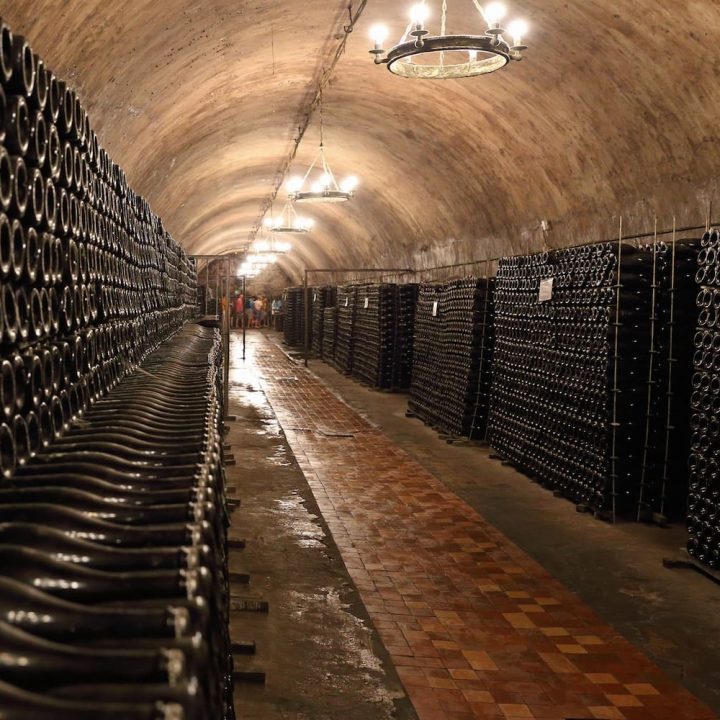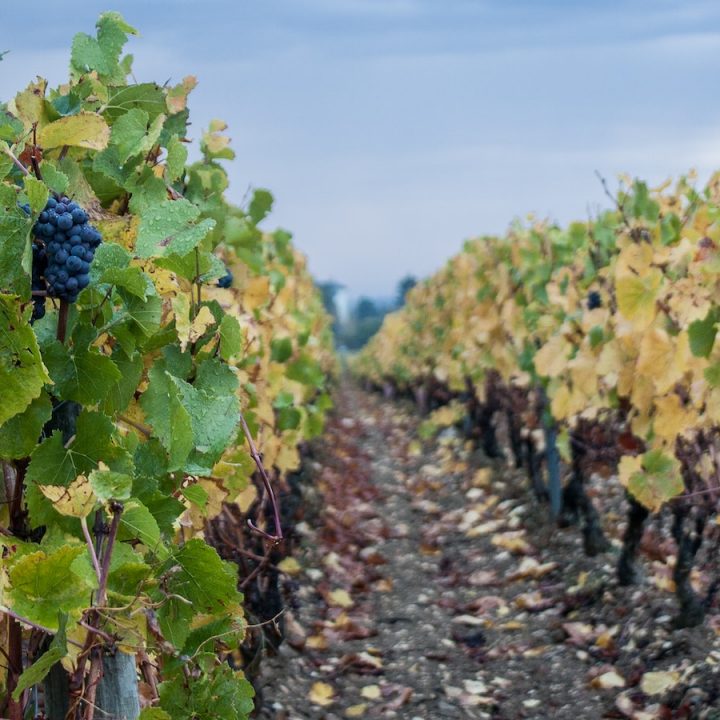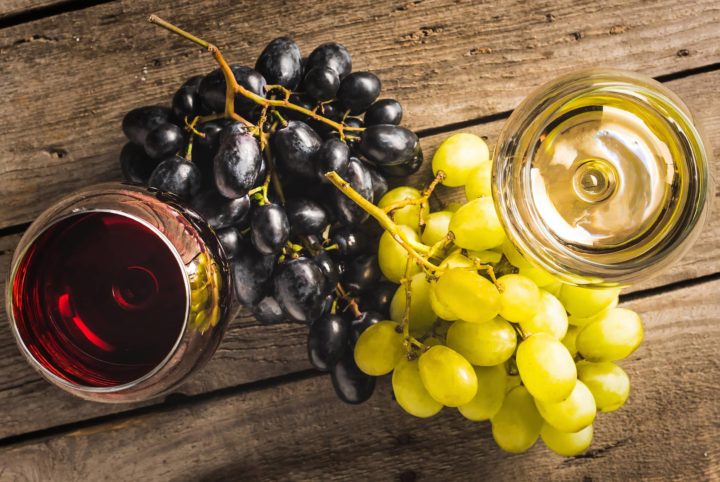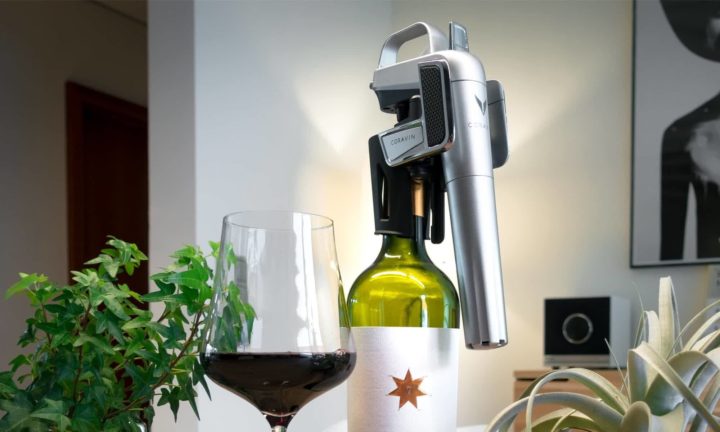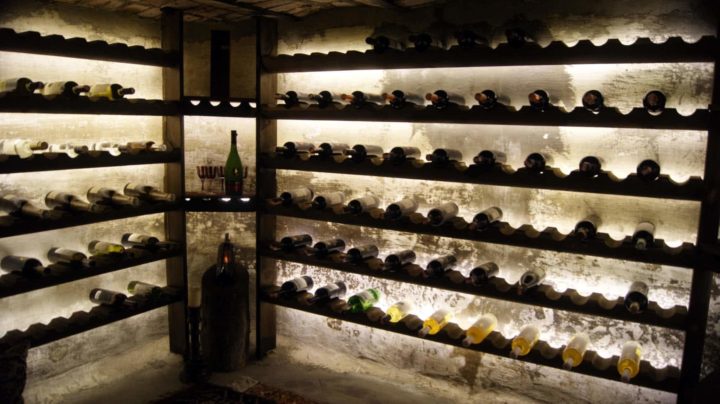Pinot Blanc is one of the five most popular white wine grape varieties in Germany. Its fine and elegant wines are excellent food companions for light dishes such as seafood, salads or pasta. Wines aged in wood can also be served with more intense dishes such as veal, lamb and even game. In Italy, the grape variety goes by the name of Pinot Bianco, while in its native France it is known as Pinot Blanc. His wines are characterized by their subtle but refreshing acidity and moderate alcohol content. Typical are its subtle notes reminiscent of pears, citrus, peaches and green nuts.
While Pinot Blanc tends to be associated with inexpensive wines on the international scene, German winemakers have discovered the grape variety’s elegant side. Its above-mentioned characteristics make it the perfect summer wine and menu companion, which is why it enjoys particular popularity in gastronomy. No wonder, then, that Pinot Blanc has been experiencing a steady upward trend for decades.
In the meantime, 5.6% of the German vineyard area is planted with this elegant grape variety – and the trend is rising! This puts it in fourth place among the most commonly grown white grape varieties in Germany, behind its direct relative, Pinot Gris, which claims third place. The White Burgundy is grown mainly in European area. In the meantime, however, there are also isolated plots in the USA that are planted with it.
Ancestry & History | The little mutant from Burgundy(?)
The exact birthplace of the Pinot Blanc cannot be proven beyond doubt. Meanwhile, the grape variety is believed to have developed about 2000 years ago in what is now Burgundy. Since it is not yet possible to determine the exact origin, the French Rhône Valley, the area around Lake Geneva and the Swiss canton of Valais are also potential birthplaces of the vine.
However, his ancestry is considered proven. Pinot Blanc is the light berry mutation of Pinot Noir. The Blue Burgundy (Pinot Noir) is also the original vine of another variety of the vine – the Gray Burgundy. In fact, these three true Burgundy varieties are so similar that even many experts cannot reliably distinguish them until the grapes ripen. As the grapes ripen, they develop their typical coloration and thus their unmistakable distinguishing feature.
In the 14th century, Cistercian monks brought Pinot Blanc to Germany, from where it began its triumphal march throughout Europe. Nevertheless, in this country the vine has a separate position and is sometimes made into top quality wines, while in the rest of the continent it is used almost exclusively for the production of inexpensive wine for drinking. Two exceptions here are Alsace and South Tyrol, which also produce highly refined wines from Pinot Blanc.
Cultivation: The uncomplicated vine with few demands
In the vineyard, Pinot Blanc is considered an uncomplicated grape variety that does not make too many demands on its soils, while regularly producing good yields.
Since it naturally brings comparatively little acidity, which is degraded by too much heat, it tends to prefer cooler locations. However, the White Burgundy tolerates a warmer climate than the Riesling. For this reason, the grape variety is now grown in many locations that have become too hot for Riesling due to climate change. An example of this is southern Baden, Germany’s warmest wine-growing region and a front-runner for White Burgundy.
The perfect base is considered to be deep, water-retaining and calcareous soils. The latter characteristic links it to Chardonnay, a distant relative born from a natural cross between Heunisch and Pinot Noir – the mother of Pinot Blanc. This relationship provides some flavor similarities between the two varieties, which can sometimes be confused in the glass.
White Burgundy is also one of the permitted grape varieties in Champagne, but is not actually used in the production of Champagne.
In Germany, Pinot Blanc is a variety approved by the Association of German Prädikat Winegrowers (VDP) as a Großes Gewächs in many regions and is popular with German winemakers for the production of elegant sparkling wines.
Light & Elegant: The Wine Style of Pinot Blanc
In good sites and at full maturity, Pinot Blanc produces wines of high to very outstanding quality. However, it is known at the international level almost exclusively for inexpensive everyday wines that do not live up to the potential of the grape variety.
Among German vintners, the light bud mutation of the Spätburgunder has a certain special position. Apart from a few exceptions – such as in South Tyrol – German winegrowers produce elegant and fine wines from the grape variety, which are among the world’s best Pinot Blancs.
The wines are characterized above all by a light to golden yellow color, mild acidity and moderate alcohol content, which makes them ideal food companions, but also distinguish them as light summer wines. His simpler and leaner wines are often vinified in steel tanks, while great wines like to be aged in small wooden barrels.
Little acidity & Elegant aromas: This is what a Pinot Blanc tastes like
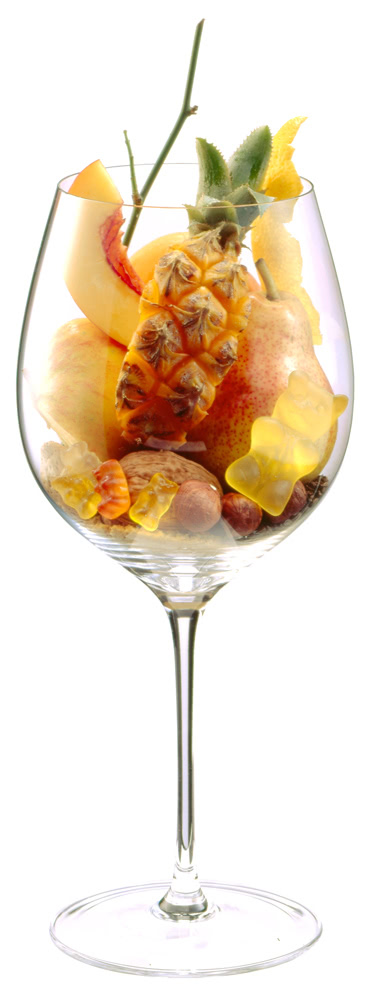
The aroma of Pinot Blanc is strongly dependent on whether it has been aged in steel tanks or in wooden barrels and on which soils the vines grow. Aromas of pears, apples, citrus peel, peaches, yellow stone fruits and white flowers are considered typical. The hints of green nuts that distinguish it make the grape variety recognizable and differentiate it from Chardonnay, with which it is sometimes confused.
If the vines stand on calcareous soils, Pinot Blanc often brings a mineral note, which is more often perceived as a slight saltiness.
Wines aged in steel tanks have a similarity to Riesling, but have a significantly weaker acid skeleton. Therefore, they offer a good alternative for sensitive wine lovers.
Pinot blancs from wood show a strong resemblance to Chardonnay, but are less buttery, not as creamy and come into the glass with a lower alcohol content.
In recent years, Pinot Blanc has become popular with orange wine winemakers, as the grape variety tends to develop unwanted bitter tones less often, even with extended maceration.
Cheap and good: That’s how much a bottle of Pinot Blanc costs
Thanks to its existence in the shadow of the Riesling and the Chardonnay and its international reputation as a wine to drink, you can get excellent White Burgundy already in the price segment of 15 €. Solid everyday wines are located between 6.00 € to 8.00 €. Top wines of the grape variety (e.g. VDP.Großes Gewächs®) are already available from €20 per bottle. Price-wise, there is still some room for improvement, but 50 € / bottle is a rough limit. Exceptions confirm the rule.
Better enjoy quickly: This is how long Pinot Blanc can be stored
Most Pinot Blancs come ready to drink in the bottle and are intended for immediate enjoyment. These wines do not benefit from prolonged storage and should be drunk within the first two years.
Great drops, however, are significantly storable and can still evolve in flavor with bottle aging. The mark of 10 years is considered a rough guide for the maximum storage potential of the grape variety for a top category Pinot Blanc. Of course, there are always exceptions that deviate from this rule upwards as well as downwards.
Frequently asked questions about Pinot Blanc
Is Chardonnay and Pinot Blanc the same thing?
No! While both grape varieties are distantly related, having both evolved from Pinot Noir, Chardonnay is a cross between Pinot and Heunisch, while Pinot Blanc is a light-budded mutation of Pinot Noir.
What is the difference between Pinot Gris and Pinot Blanc
Pinot Blanc is a direct mutation of Pinot Gris, which in turn is a further development of the blue Pinot Noir. In the vineyard, the three grape varieties can hardly be distinguished in fact and can only be determined beyond doubt by their grape color as they mature.
In the aromatic spectrum, Pinot Gris is more exotic and has clearer notes of pineapple compared to Pinot Blanc. In addition, gray Burgundies are often more substantial and have a higher alcohol content.
What goes well with Pinot Blanc?
White Burgundy is considered a perfect food companion for subtle and summer dishes such as seafood, white fish, salads with yogurt dressings and light pasta dishes.
Pinot blancs that have been aged in barrique barrels are also suitable for more intense dishes such as veal and lamb, and can even replace a red wine for mild game dishes.
Is Sauvignon Blanc the same as Pinot Blanc?
No, Sauvignon Blanc is a cross between Traminer and Chenin Blanc, making it a distinct grape variety that is not related to Pinot Blanc (light bud mutation of Pinot Noir).
Where does the Pinot Blanc come from?
The grape variety is one of the 10 true Burgundy varieties (Pinot family). As its name suggests, Pinot Blanc is now believed to have originated in Burgundy, France, where the white grape was also officially classified as a distinct variety in 1872. However, the exact origin is not proven beyond doubt. Therefore, the areas around Lake Geneva (Switzerland), the Rhône valley (France) and the canton of Valais (Switzerland) are also considered possible places of origin of the mutation.
Image source Cover photo: © Ursula Brühl, Julius Kühn-Institut (JKI), Federal Research Centre for Cultivated Plants, Institute for Grapevine Breeding Geilweilerhof – 76833 Siebeldingen, GERMANY

